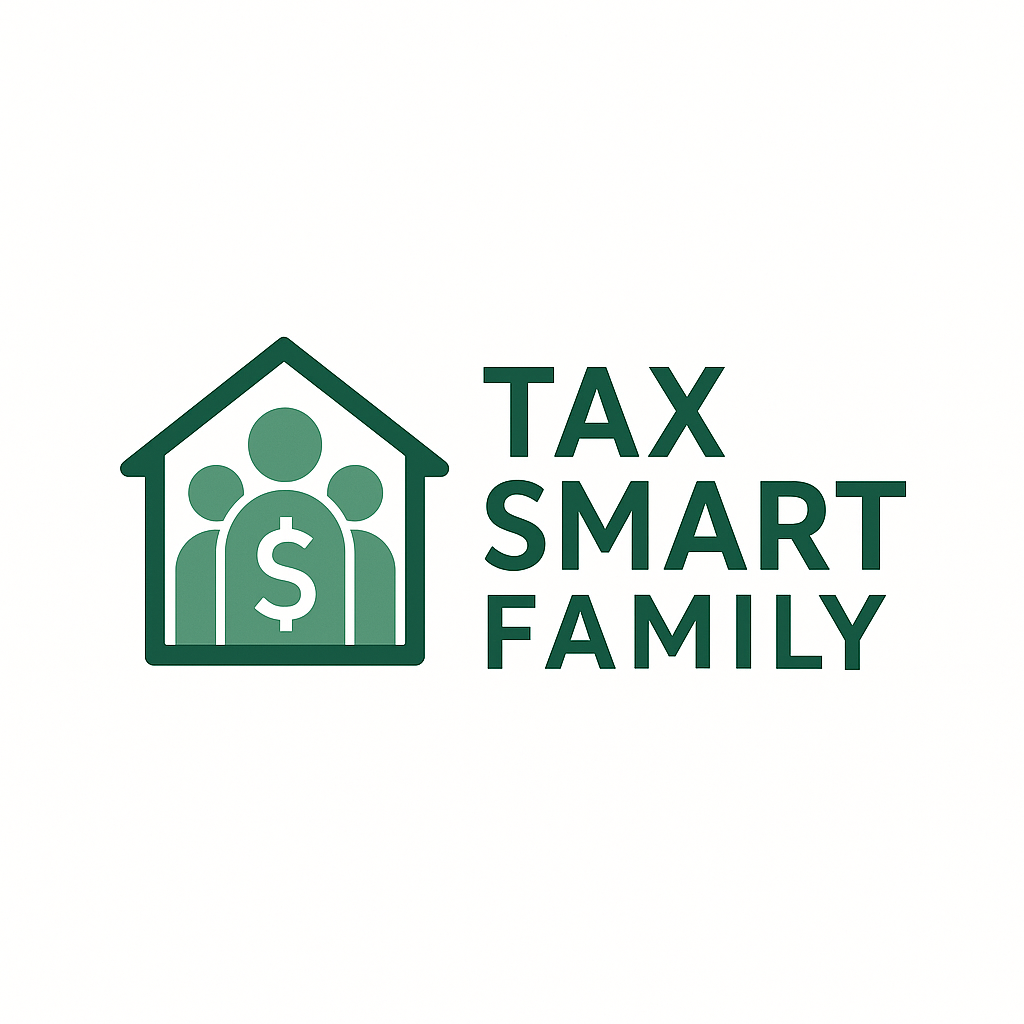How We Audit Our Family Business Every Year (Without Needing Lawyers or Accountants)
# How We Audit Our Family Business Every Year (Without Needing Lawyers or Accountants) *Simple, internal reviews that protect everything we’re building* — Running a family business isn’t just about setting it up once and hoping for the best. Every year, we pause to *audit* what we've built: - Catch mistakes early - Confirm everything is compliant - Find ways to improve for the next season And we do it without hiring outside lawyers or accountants. In this post, I’ll walk through: - Why we do internal audits - How we structure our year-end reviews - What documents we check - How it keeps the family business sharp, safe, and growing — # Why We Self-Audit Every Year It’s easy to fall into the trap of: - Assuming everything is fine - Trusting systems you set up months or years ago - Ignoring small problems until they become big ones Our yearly internal audit: - Forces visibility - Creates accountability - Prevents expensive mistakes - Protects the future we’re building for our kids And because we control it internally, it’s efficient and honest. — # When We Do It We schedule a full business review every: - **January** (for the previous calendar year) It usually takes: - **2–3 hours** total Not overwhelming. But extremely powerful. — # Our Internal Audit Checklist — ## 1. Legal and Entity Compliance - Confirm state registration is active and renewed - Check operating agreement for needed updates - Verify DBAs (if used) are still correct and active - Confirm registered agent information — ## 2. Banking and Financial Review - Reconcile business bank accounts against financial records - Download all year-end bank statements - Review major expenses for categorization and legitimacy - Check payment processor records (Stripe, PayPal, etc.) — ## 3. Payroll and Employment Review - Verify all W-2s were issued (kids, contractors if any) - Confirm payroll matches work logs - Update work agreements if children have aged into new roles - Ensure payments match earned income limits for Roth IRA contributions — ## 4. Tax Preparation - Gather all tax-related documents into one secure folder - Summarize deductible expenses cleanly for CPA - Verify all estimated taxes were paid properly (if applicable) — ## 5. Intellectual Property and Content - Check copyright filings (if any) - Review creative asset storage (books, videos, illustrations) - Update brand documents or trademarks if needed - Confirm backups of critical files exist (Google Drive, Dropbox, external drives) — ## 6. Systems and Operations - Review file organization: Archive old years, set up new folders - Update internal templates (work logs, contracts) if necessary - Review automation tools (payroll, emails, invoices) for improvements — # How We Conduct the Review - One parent acts as "Lead Auditor" (even if it's informal) - Print or digitally open the checklist - Work through each category - Take notes on anything that needs correction or follow-up - Assign action items immediately Simple. Calm. Thorough. — # What We Catch Most Often - Minor name/address mismatches in state filings - Small uncategorized business expenses - Missed creative asset archiving - Incomplete payroll logs needing update Because we catch these **before** tax filing, CPA conversations are faster and cleaner. — # Why This Protects the Kids By auditing ourselves, we make sure: - Their employment documentation is tight - Their custodial accounts match earned income - Their likeness rights are formally preserved If anything ever triggers IRS scrutiny later, the proof is already built — month-by-month, year-by-year. — # Final Thought: Stewardship Means Checking Your Own Work We don’t audit because we’re paranoid. We audit because: - Building a family enterprise matters - Stewardship demands vigilance - Good systems deserve maintenance We’re not just building income. We’re building something we hope lasts generations. And that kind of foundation deserves a yearly check-in — even if no one else is watching. — *Next post: The monthly checklist we use to keep our family business running smoothly, one small habit at a time.* — *Disclaimer: The information provided in this post is for general educational and informational purposes only. It is not intended as, and should not be construed as, financial, legal, tax, investment, or other professional advice. You should consult with your own qualified advisors before making any financial decisions. We disclaim all liability for any actions taken based on the content provided.*
